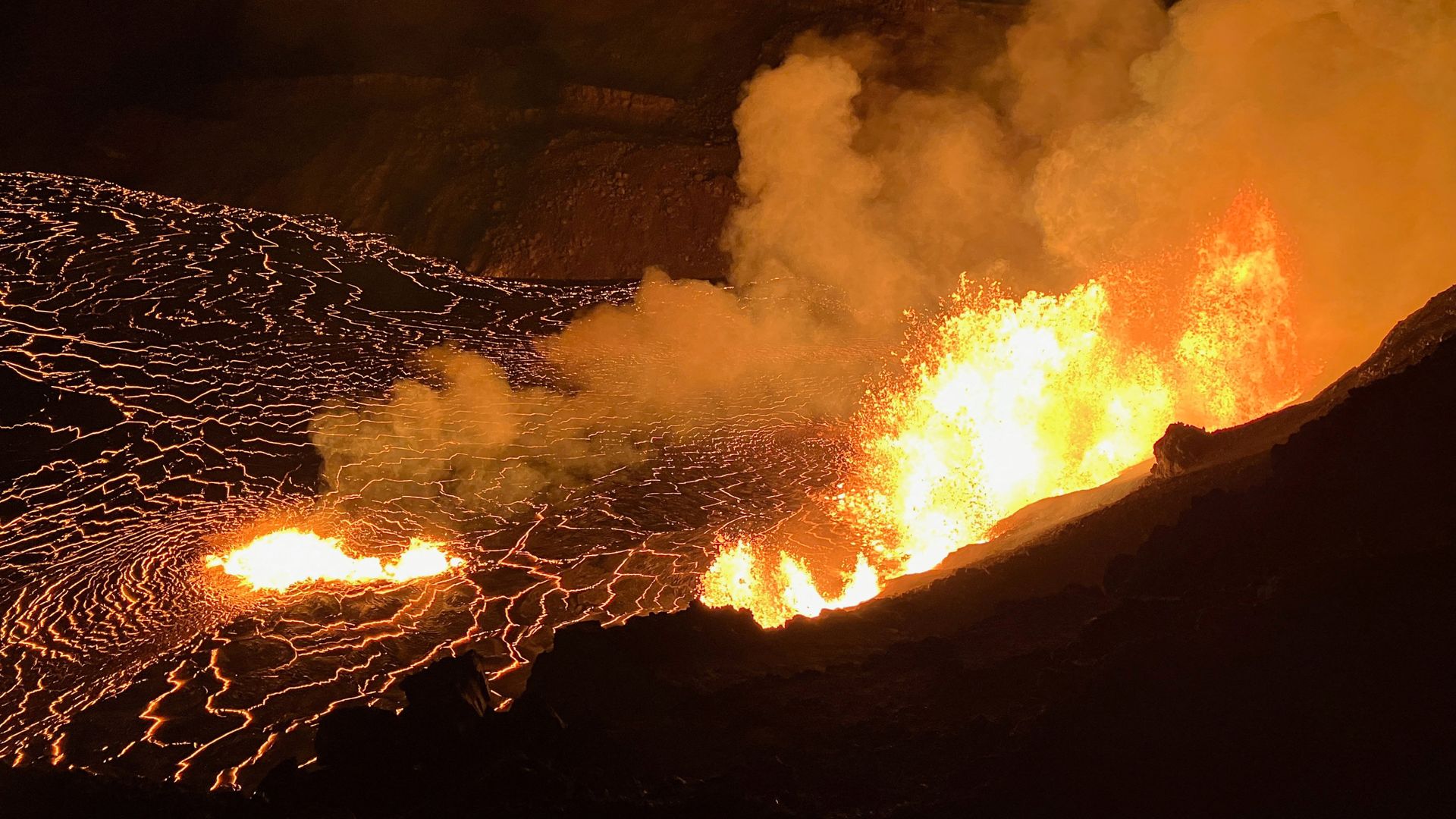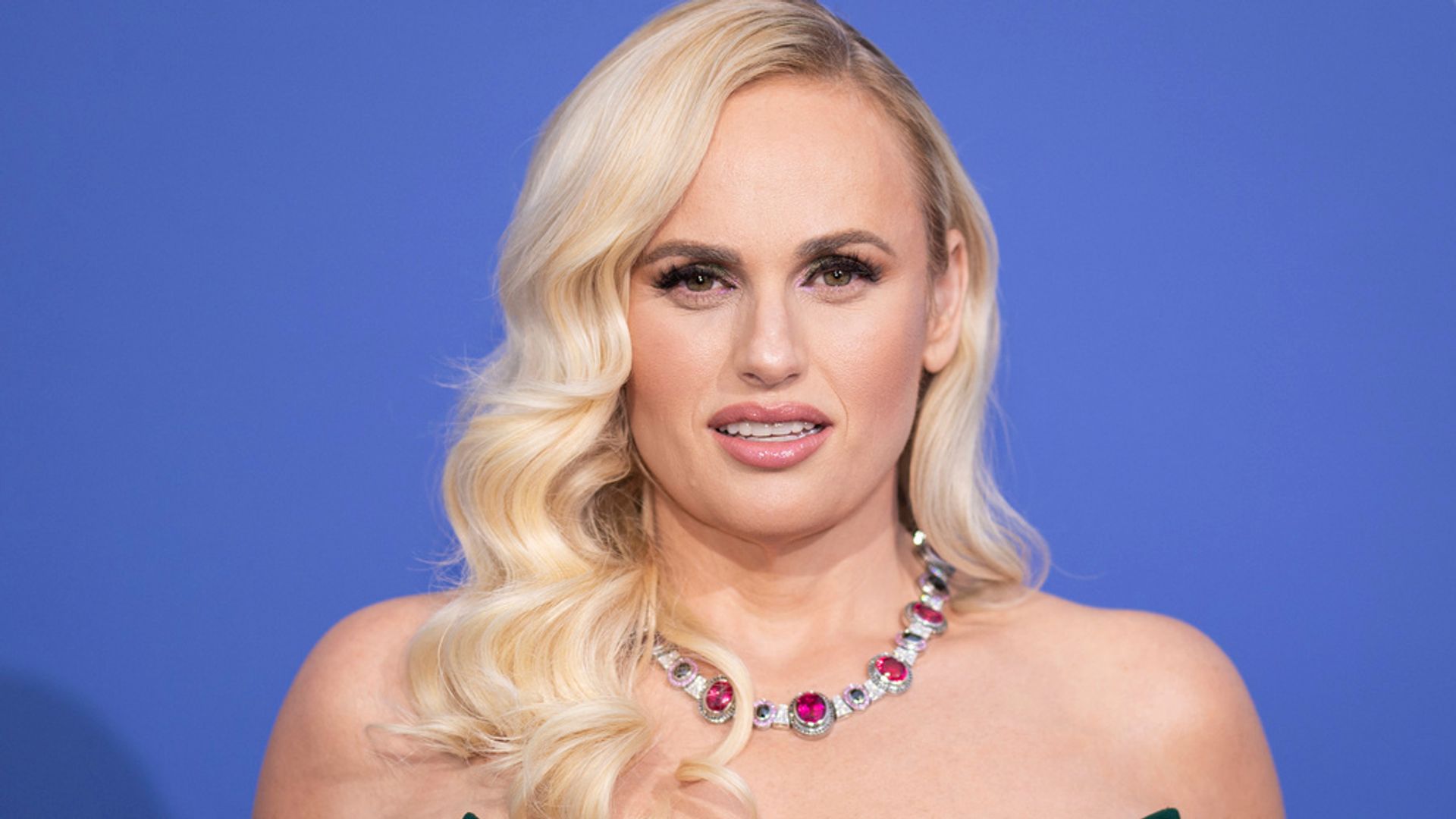
Daniel Shea is a political scientist at Colby College in Waterville. With colleague Nicholas Jacobs, he wrote “ The Rural Voter: The Politics of Place and the Disuniting of America,” which was based on polls of rural U.S. voters conducted between 2020 and 2022.
It is no surprise that Vice President Kamala Harris and her running mate, Minnesota Gov. Tim Walz, have taken steps to engage the rural voters: They make up one-fifth of the electorate.
To say that this group has “leaned Republican” would be a vast understatement. In the critical swing states of Pennsylvania, Michigan and Wisconsin, former President Donald Trump garnered some 70 percent of the most rural counties. In some areas, the Republican’s numbers topped 80 percent. Piscataquis County, Maine’s reddest, went 62 percent for him in 2020.
The Democratic ticket’s rural-focused bus tour through places like Georgia is a clear signal of their intent to reach this often-overlooked population. This renewed focus on rural voters comes at a critical time. Both parties realize that key elections may be decided in these areas, which have long been battlegrounds of contrasting visions.
Yet as the media and political strategists shine a spotlight on rural America, there’s a critical distinction that must be drawn. Most rural voters are not ideologically extreme. Within this group is a small, vocal faction — the stereotypically Trump-enthusiastic group that we dub the Rural Rabble Rousers — whose worldview diverges sharply from that of their neighbors.
They only make up 10 percent of the rural electorate, according to national polling that we conducted for our 2023 book, “The Rural Voter: The Politics of Place and the Disuniting of America.” Over 60 percent of this group believe that the protests of Jan. 6, 2021, were peaceful, compared with 38 percent of all rural voters.
We found that less than 25 percent of rural Americans think our political disagreements are so significant that the U.S. should split into different countries. That historically unbelievable idea jumps to nearly 60 percent support among Rural Rabble Rousers, who are also three times more likely to endorse hurling insults at political opponents.
What motivates them? In a changing world, being the “most informed” can juice self-worth. This person cannot feel the pride of knowing unless others become aware of their “expertise.” Coupled with this is the urgency to spread the “truth” at all costs. This is where you get the “Make America Great Again” hats, painted barns and lawns with Trump posters and flags.
When non-rural Americans head into the countryside, they are overwhelmed by these overt displays of the faithful. Among these people are journalists who too often profile the outspoken. Sensationalism sells. The Rabble Rouser is easy to spot and eager to talk.
Yet leaning on this group for an accurate understanding of rural America leads to false conclusions. One of the core tenets of journalism and scholarship is to reveal and chronicle the whole, not just striking outliers. Lumping all cases together — white, rural Americans, for example — can lead to disparaging assumptions that have real-world implications.
Rural perspectives are as nuanced as the country is. Crucially, these Rural Rabble Rousers only make up less than one-fifth of Trump’s rural supporters. His political coalition relies on more lukewarm voters who support him because they see America headed in the wrong direction or believe Democrats have turned their back on their communities.
In politics as in life, stereotypes are an easy prop for those who pride themselves on knowing a lot but lack empathy about how different people live their lives. We must separate the Rabble Rousers from the broader electorate if we are to truly understand rural America.












